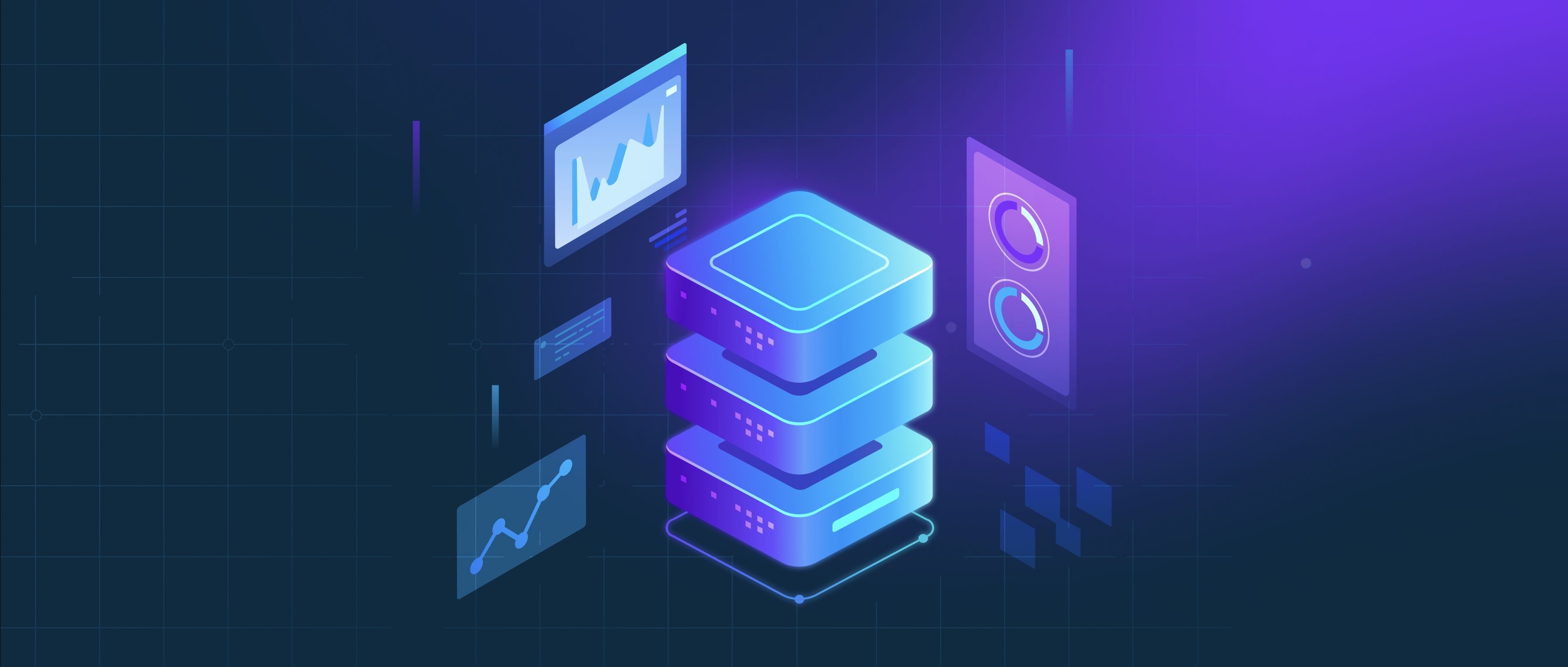AI agents and bots are both software programs designed to automate tasks and interact with users, but they differ significantly in their capabilities and functions. Bots are typically simple applications designed to perform specific tasks, such as answering standard questions or executing commands. They operate on predefined rules and scripts, making them predictable and limited in scope. For instance, a customer service bot on a website may provide answers to frequently asked questions using a set list of responses. Bots rely on set parameters and cannot adapt or learn from new information.
In contrast, AI agents are more advanced and can learn from their interactions and environment. They often use machine learning techniques to improve their performance over time, allowing them to handle more complex tasks and respond to a broader range of queries with greater accuracy. An example of an AI agent is a virtual personal assistant like Siri or Google Assistant, which can understand natural language, manage tasks, and learn from user behavior to provide more personalized suggestions. AI agents can analyze data, adapt to new contexts, and make decisions based on their experiences, enabling them to provide a more dynamic and engaging user experience.
Moreover, the context in which these tools are used is also important. Bots are often implemented in scenarios that require straightforward interactions, where the user needs quick answers without too much complexity. AI agents, on the other hand, excel in environments where the tasks require deeper understanding and adaptability, such as in autonomous systems or complex data analysis. In summary, while both bots and AI agents automate tasks, AI agents provide a higher level of intelligence and adaptability, making them suitable for more complex applications and interactions.
